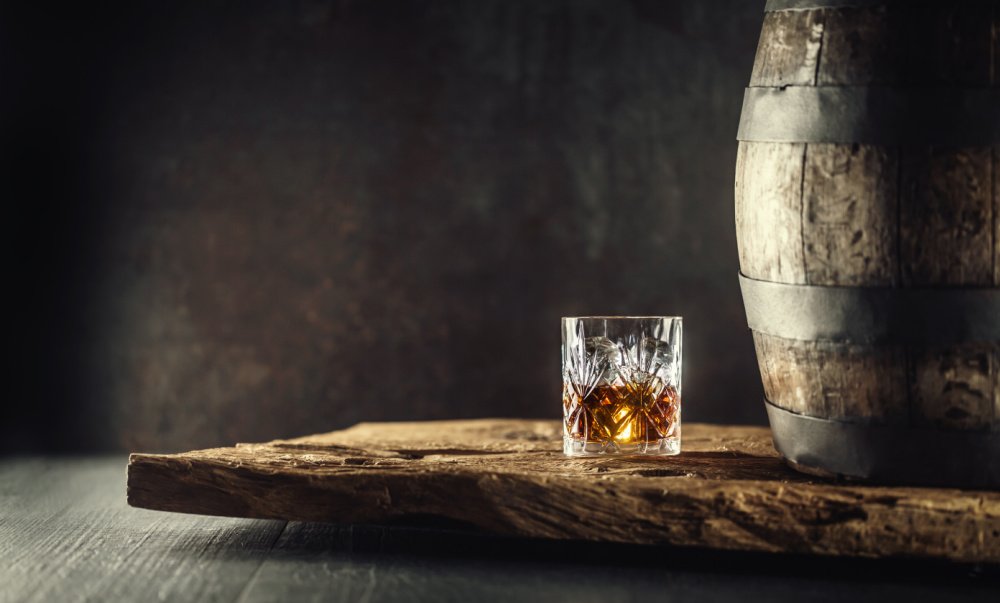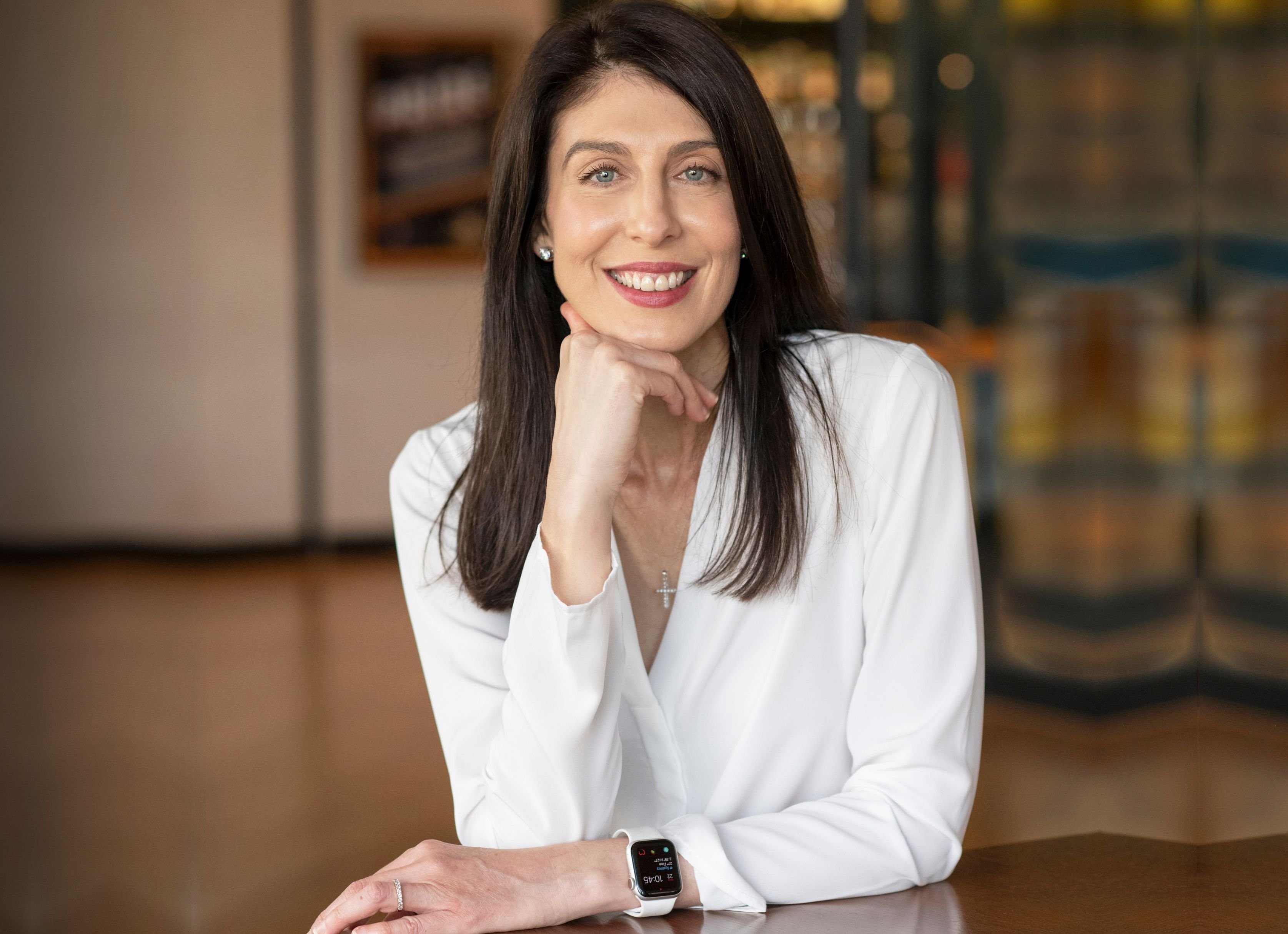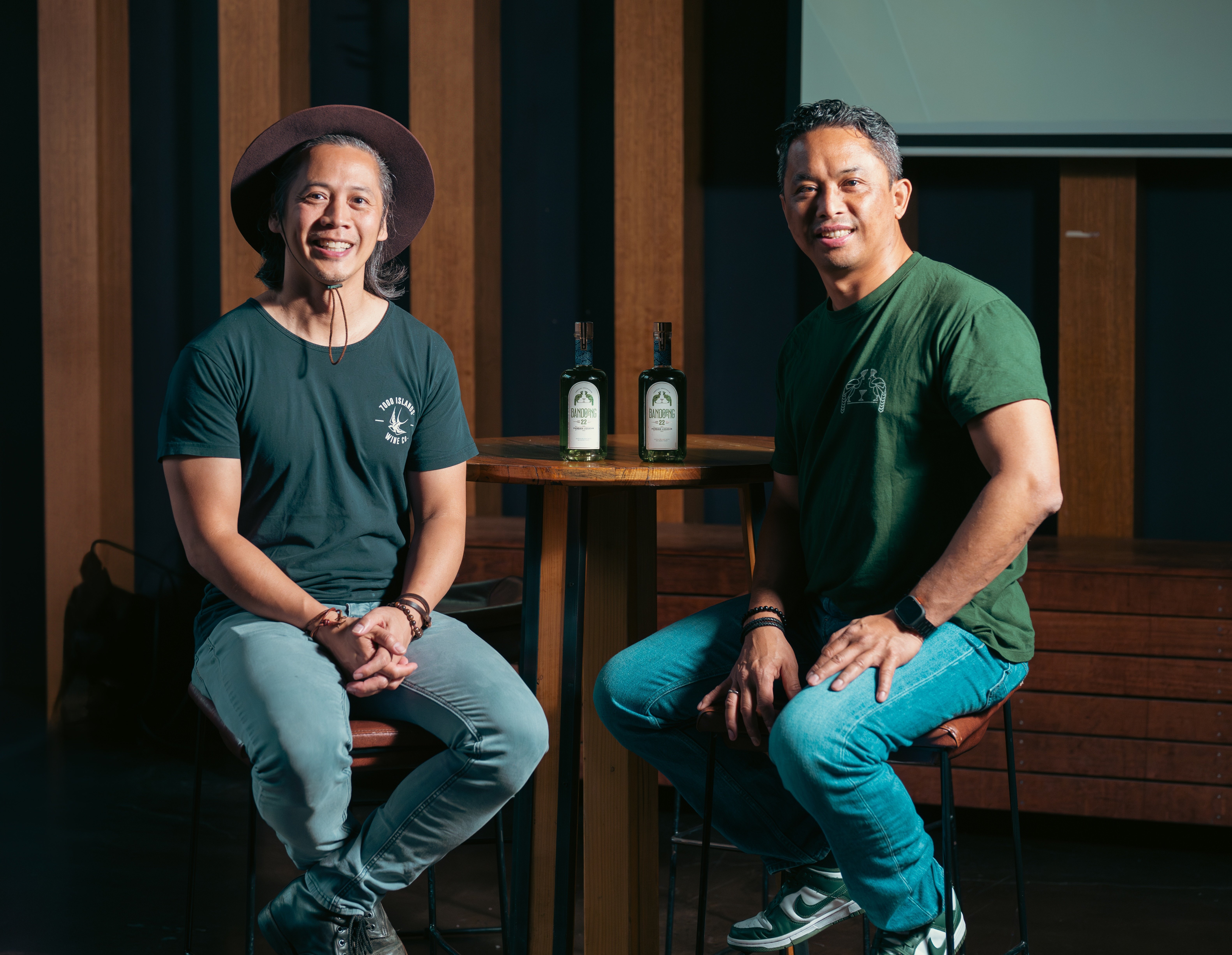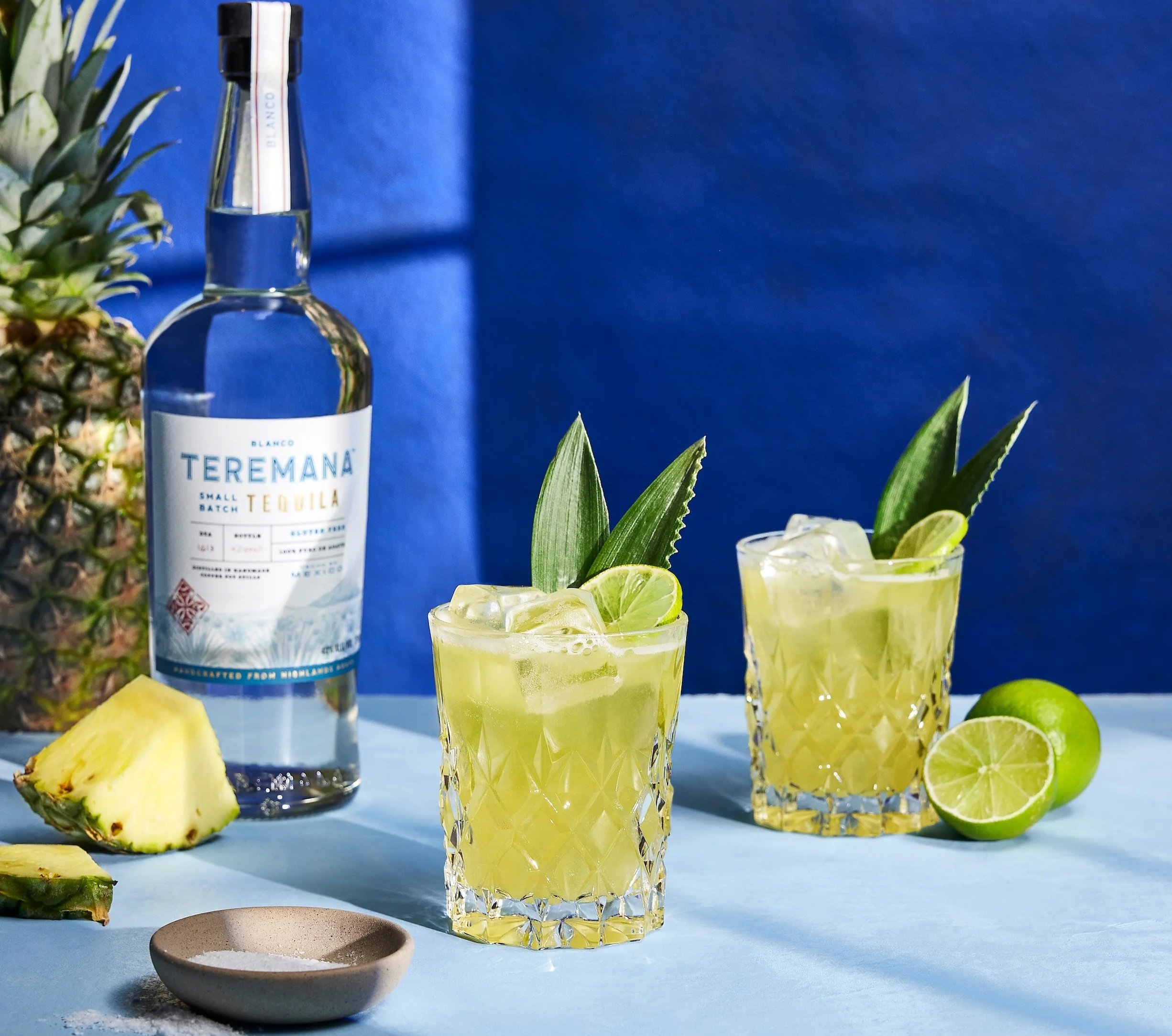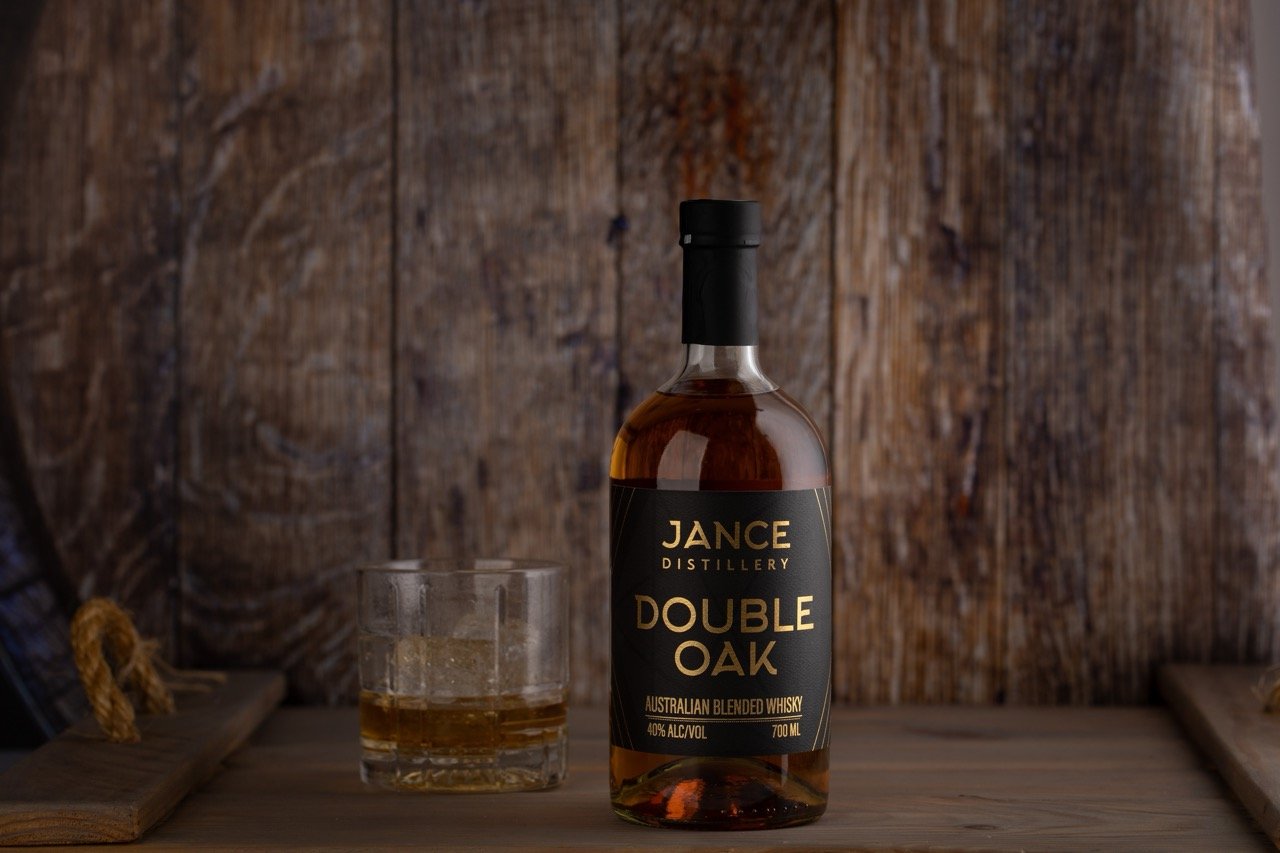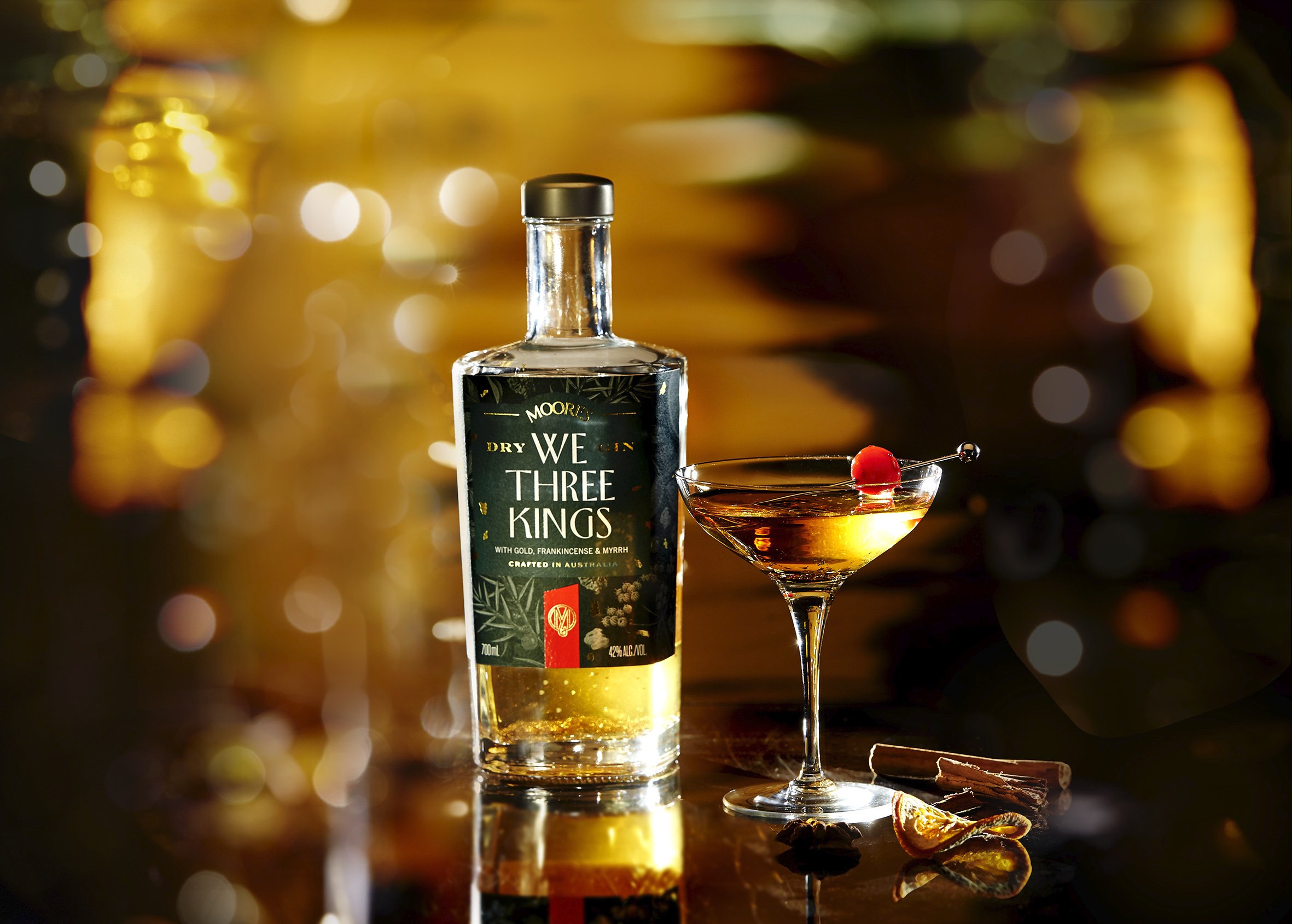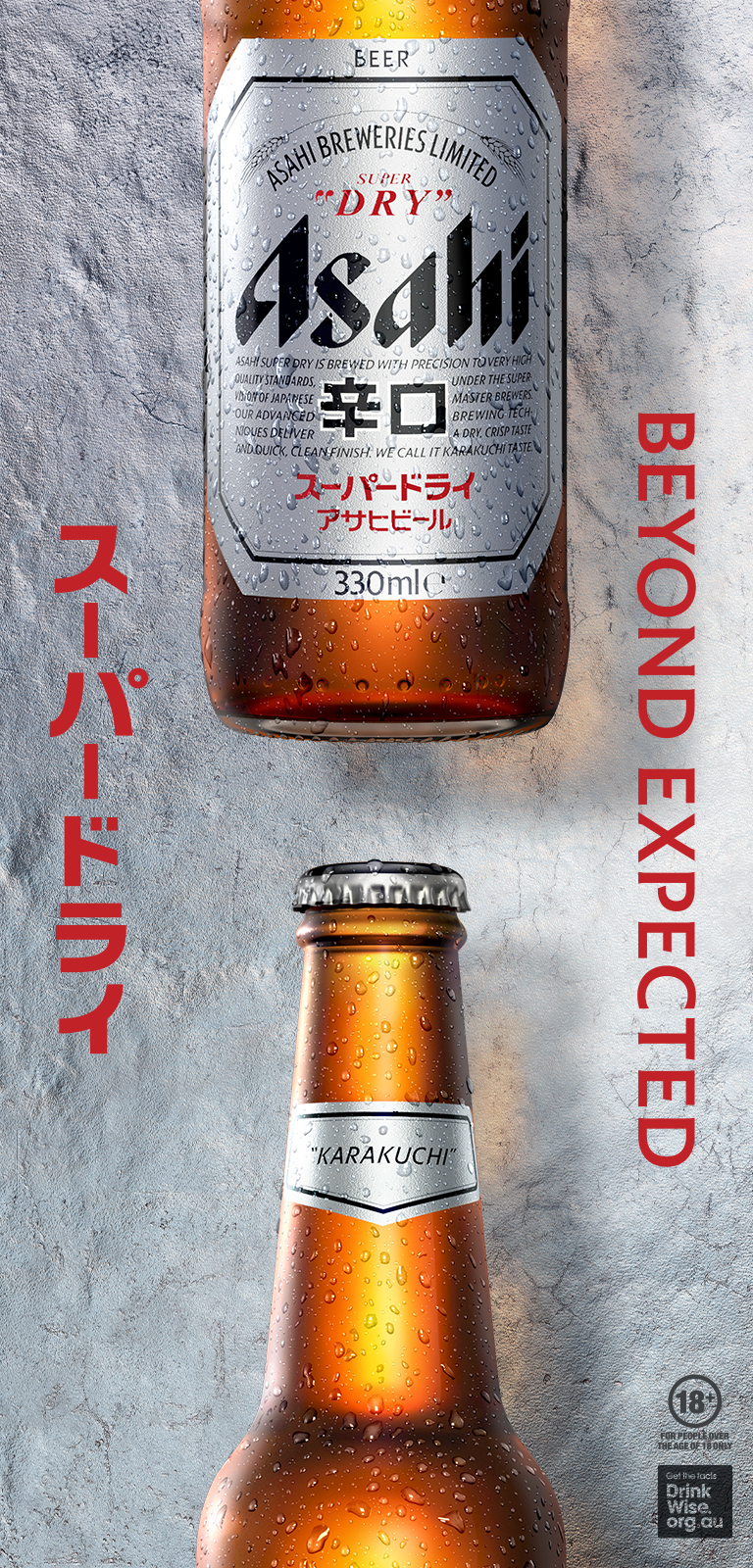Resident whisky scribe, Ken Gargett probes the depths of the Australian whisky market and analyses how the performance of local liquid compared to big brand imports is slowly shaping the category’s future.
It would seem that the era of Covid, closures, cuts and chaos is proving to be an exciting time for whisky in Australia, both imported and local.
Before hearing the thoughts of producers and importers, and taking a look at the category, David Messum, consultant to eBev is well placed to assess the current state.
Mr Messum says that over the last 12 months, 50 per cent of the Australian whisky market has been bourbon. Jack Daniels accounts for over a quarter of the market with 26 per cent and it accounts for 52 per cent of American whiskies sold here. Jim Beam has a respectable 10 per cent and 20 per cent across those sectors, and Makers Mark is third. Rye whisky accounts for just 0.72 per cent of the total sales, with Woodford Reserve (34 per cent), Bulleit (32 per cent) and Michters (11 per cent) the leaders.
Scotland holds 27 per cent of the total market – blends and malts. Johnnie Walker dominates with 15 per cent (Red Label with 11 per cent and Black Label 3 per cent). Chivas Regal represents 2 per cent of total sales (the 12-Year-Old is 1.7 per cent).
Glenfiddich 12-Year-Old Single Malt leads the Single Malts (Scotland) category with 1.7 per cent (6 per cent of total Scotch, including blends). Lagavulin, Laphroaig and Talisker all equate to around 1 per cenmtm each. Given that these are relatively small and distant distilleries, it does suggest that the smoky/peaty style from Islay is beloved by malt drinkers in Australia. Glenmorangie is a whisker behind them.
We might think of Queensland as the ‘rum’ state (and the ‘champagne state’), but according to Mr Messum, it is also the “undisputed whisky state”, accounting for 33 per cent of total sales in Australia, and 56 per cent of these are bourbon/US whiskies. Queensland has not featured on the radar with local and Japanese whiskies (I am doing my bit, but clearly, I need to drink more). Victoria is next in line behind Queensland with 26 per cent total sales: US whiskeys 39 per cent and Scotch 32 per cent. With 2 per cent and 4 per cent of state totals, respectively, Victoria leads both Australian and Japanese whiskies.
Sales of Irish whiskey are 10 per cent of the total sales. Jamesons is completely dominant. Perhaps surprisingly, Canadian Whisky has 8 per cent of the total market. And Canadian Club is 99 per cent of that.
Australia is still largely niche, with just 1 per cent and Starward is the leading producer with 66 per cent of that.
Japan comes in with 1.5 per cent, with Hibiki dominating – their 12-Year-Old has 25 per cent of the market and their 17-Year-Old has 30 per cent.
If one goes to the various sectors from each category and looks at the most recent figures (2016 to 2020), there is steady growth across almost every subset, up until 2019 with a serious jump in 2020. Will that be maintained? Even if it should settle back to a degree, it has provided the industry with new benchmarks.
Matt Redin is the long-term representative for Glenfarclas which has been imported by Vintage House Wine and Spirits (formerly Angove) for more than 30 years. He says they have "experienced astonishing growth over the past two years. At the start of 2020, sales were virtually stagnant with only 2 per cent growth". By the end of that year, sales had increased by 95 per cent and all during a period of massive disruption in domestic trade and global shipping and transport. He conceded that sales growth “has now slowed to a more modest 10 per cent”. The main driver has been the off-premise market due to disruption with closures and restrictions in restaurants and bars.
James France from Vanguard has seen a similar expansion.
“We're seeing excellent growth in all the whiskies we carry; they come from all major whisky regions: Australia, USA, Scotland, Ireland and Canada. We will soon be launching a Japanese whisky, and the pre-sales have been overwhelmingly encouraging,” said Mr France.
Leading Australian producer, Starward project: “Australian whisky is experiencing dynamic growth (+30 per cent MAT), and Starward is fuelling that growth, accounting for 61 per cent of incremental sales (volume MAT).” Their Starward Two-Fold is leading the way for them. Although beyond the remit of this piece, it is worth noting that it has also proved popular in the United States.
Brand Development Manager for Tasmanian distiller, Hellyers Road (HRD), Kit Wilkinson says:
“We have experienced unprecedented demand both domestically and globally across our three main categories – Rare and Exclusive (Super Premium), Core (Expression Variety) and Price Performance. Most notable is the surge in demand from our international markets. Europe is our most dominant market as it drives our Exclusive Release program and is a strong performer in supporting our range across all price points.
"While Asia is driving the largest demand through volume, partnerships with specialist whisky markets like Japan and Taiwan have seen an incredible uplift on single cask requirements (cask strength, finishes, aged statements) from our bond stores.”
The high demand has seen Hellyers Road adopt an allocation system.
Trending producer, Archie Rose, says the significant growth across the entire alcohol industry is "driven by innovative local products that align with one or more of the recent movements (support local, sustainability and better for you)”.
Australian Distillers Association figures reflect this growth. The number of registered Australian distilleries almost doubles from 2021-2022, growing from 200 in January 2021 to 380 in February 2022.
Archie Rose is "seeing great interest from a younger audience who are whisky educated and keen to learn about ingredients and processes through means, such as online research vs the more traditional approach of education from bottle shop staff".
Archie Rose has both Rye Malt and Single Malt whiskies available on-premise and from this month, they are also available off-premise. Archie Rose expect significant growth for these whiskies and believe the same will follow “for other Australian whisky producers as more volume comes online in the coming years”.
With a supply of ancient barrels holding some of the world's greatest fortified wine for decades, traditional fortified wine producer Morris of Rutherglen is joining the whisky players.
Vanguard's James France says, "They have unrivalled access to the best and largest selection of fortified wine barrels in Australia."
Their initial two whiskies, Morris Signature and Muscat Barrel have already made a strong early impression and are exported to four international markets.
“Beyond the hard-core whisky enthusiast, we see a largely untapped group of whisky consumers, who would typically buy known international brands, seeking to trial Australian craft whisky at more affordable prices," says Mr France.
James France believes that “consumers are becoming more accepting of Aussie whiskies. This will increase as more Aussie whiskies become more competitively priced than their overseas counterparts. Of course, there will always be the dyed in the wool lovers of certain imports – but this is a good thing because there is no way the Australian whisky industry could meet the consumer demand of the entire whisky market at this stage. Also, you can’t make bourbon in Australia!”
Statistics: Whisky Category Sales from the eBev Platform, and all are based on bottled product sold in the last 12 months and IWSR Whisky figures 2020.
Read this article in full in the Winter edition of Drinks Trade, out now.
Share the content
